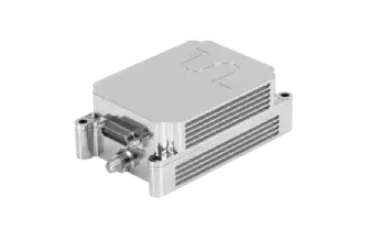Data connection ( Data Link) is a network layer that regulates and controls data transmission on a computer network. Computer networks consist of a series of layers to enable data transmission between computers, and each layer performs a specific task. The Data Link layer controls data transmission on the physical environment and performs the following basic tasks:
one. Creating a Framework: Creates data packets called frames to transmit data over the physical environment. These frameworks determine how the data should be transmitted to the recipient by the sender.
2nd. Addressing: Each data frame contains the address of the target device or network interface. This address helps direct the frame to the correct destination.
- Error Control: The Data Link layer checks whether the frames are transmitted correctly and can correct or retransmit faulty frames when necessary.
- Flow Control: Regulates network traffic and provides flow control to balance data transmission between slow or fast devices.
- Embellishment (Collision Detection/Handling): Performs conflict detection and management in some data link protocols such as Ethernet.
The Data Link layer is usually hardwareally implemented by network cards or network interface cards, and determines how network protocols ( work for example, Ethernet, Wi-Fi, Token Ring). Higher layers located above the network layer can transmit data through the frames created in this layer. This layer is defined as the second layer in the OSI (Open Systems Interconnection) model and plays an important role in network communication.


